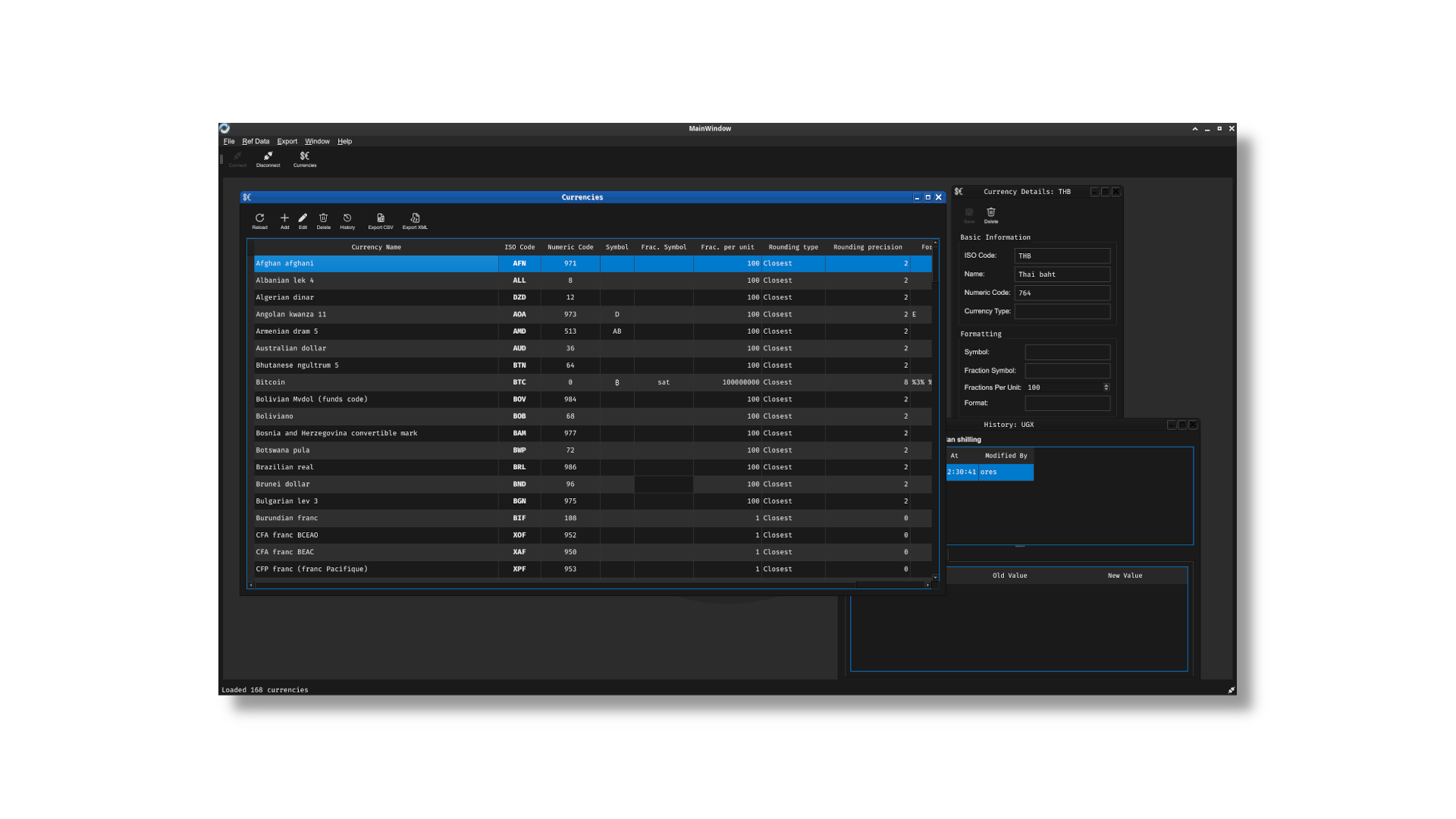 Explore on GitHub
Explore on GitHub
Enterprise-grade risk analytics —
but visual and open-source.
ORE Studio wraps the Open-Source Risk Engine (ORE) in an intuitive graphical interface - no Python or C++ required.
ORE Studio is a new and independent open-source project with the goal of providing a graphical wrapper around Acadia’s ORE. ORE itself builds on top of QuantLib, the de-facto standard open-source library for quantitative finance. ORE Studio aims to augment ORE's robust analytics to eventually provide full life-cycle management for all entities within the trading system, point-and-click reporting, trade modelling and market-data management.

QuantLib Inside
Benefit from over 20 years of peer-reviewed quantitative-finance models.
ORE Powered
Latest pricing and risk analytics including XVAs, sensitivities and regulatory scenarios.
Visual Workflow
Manage visually curves, trades and reports. Share results via the reporting management system.